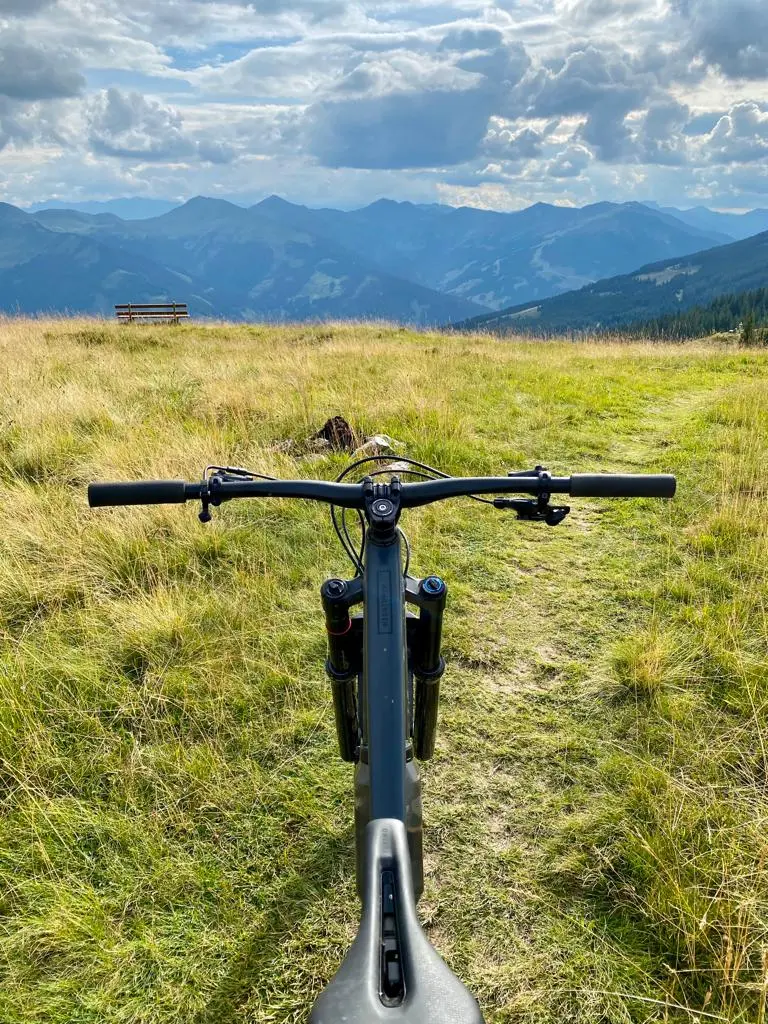
Mountain Bike Cockpit Setup tips
Mountain Bike Cockpit Setup tips!
A proper Mountain Bike Cockpit Setup is crucial for achieving maximum comfort, control, and performance on the trails. Whether you’re a beginner or a seasoned rider, fine-tuning your handlebars, stem, grips, and controls can make a world of difference in your riding experience. In this guide, we’ll walk you through the steps to create a proper mountain bike cockpit setup that suits your riding style and body type.
Determine Your Riding Style
Before you start adjusting anything on your mountain bike, it’s essential to consider your riding style. Different riders have different preferences, and your cockpit setup should align with how and where you ride:
- Cross-Country (XC): Riders looking for efficiency and endurance may prefer a more upright and stretched-out position.
- Trail/All-Mountain: This style requires a balance between climbing and descending, often resulting in a neutral riding position.
- Downhill/Enduro: For aggressive riding, a lower, more forward position with wider bars and shorter stems is often favored.
Check Your Bike Fit
A proper bike fit is the foundation of a comfortable and efficient cockpit setup. Ensure your bike frame size is appropriate for your height, and your saddle height and position are adjusted correctly. A professional bike fitting can help with this if you’re unsure. This is also directly connected to your Mountain Bike Cockpit Setup.
Handlebar Width and Shape
Handlebar width greatly affects your control and comfort on the trails. Here’s how to determine the right width:
- Measure your shoulder width, then add about 20-40mm for better leverage.
- Wider bars provide more stability and control, while narrower bars enhance maneuverability.
- Consider the bar’s rise (height) and sweep (angle) to suit your riding style and comfort.
Stem Length and Angle
The stem connects your handlebars to the fork steerer tube. The length and angle of the stem impact your reach and steering responsiveness:
- Shorter stems (e.g., 50-70mm) offer quicker handling and control on technical terrain.
- Longer stems (e.g., 80-100mm) provide a more stretched-out, stable position for XC riding.
- Stem angle can be adjusted to fine-tune your handlebar height and reach.
Mountain Bike Cockpit Setup and Grips and Controls
Your grips and control positions play a significant role in handling and comfort for your Mountain Bike Cockpit Setup:
- Choose grips that match your riding style. Bigger hands, thicker grips, smaller hands, thinner grips. Pay attention to compound, thickness and pattern when it comes to grips.
- Position your brake levers and shifters to fit your hand size and riding preference. Make sure they’re easily accessible without causing wrist strain.
Saddle Position
The saddle’s position influences your weight distribution and pedal efficiency:
- Adjust saddle height so your leg is almost fully extended when the pedal is at the bottom of the stroke.
- Tilt the saddle slightly to match your riding position, typically level for XC and slightly tilted downward for downhill.
Test and Fine-Tune your Mountain Bike Cockpit Setup
After making adjustments, take your mountain bike out for a test ride. Pay attention to how it feels and handles. If something doesn’t feel right, don’t hesitate to make further adjustments until you find your perfect cockpit setup.
A proper mountain bike cockpit setup is essential for optimizing your riding experience. By considering your riding style, bike fit, handlebar width and shape, stem length and angle, grips and controls, saddle position, cable routing, and bar setup, you can achieve comfort and control on the trails. Remember that the perfect setup may require some trial and error, so don’t be afraid to make adjustments until you find what works best for you. Happy riding and do not forget to download SAGLY, a mobile app for your mountain bike suspension setup and maintenance.
Download SAGLY, a complete mobile guide, which helps you set up your MTB settings and maintain your bike.

